It seems a week can’t go by without hearing about a breastfeeding mother getting harassed for nursing in public. This is often followed by mothers rallying around the mother and holding a nurse-in at the offending location. What exactly is a nurse-in? What does it seek to accomplish? Why is it important? This guest post by breastfeeding advocate Jill DeLorenzo seeks to answer these questions and highlight why a nurse-in is vitally needed in these situations.
In my short experience advocating for breastfeeding women, I have found the greatest misconceptions and judgments surround the “nurse-in”. I wanted to take some time to clear up some myths by posting the facts.
This is an important read. It illustrates why I, a quiet and private person, would be so passionate and public about this matter.
FACT: A nurse-in looks and feels like a regular play date.
At a nurse-in, mothers and babies gather to breastfeed at a planned time for a “big latch-on”. This is a common, unplanned occurrence every day around the world, in parks, restaurants, and other places of resort or amusement. Unless a passerby is paying very close attention or looking to start a conflict, nothing is out of the norm.
FACT: A nurse-in is held in reaction to poor treatment.
There is always an incident which necessitates the public outcry of a nurse-in. It could be harassing treatment, rude attitudes made public, or a lack of laws that protect a mom. This fact stands in contrast to the myth that mothers themselves are the ones looking for a problem.
FACT: Moms have to carve out precious time to participate in a nurse-in.
Mothers have enough on their plates with all of the work required to tend to their children. They do not invest their limited energy in starting new problems. Rather, they work to protect and defend their children from those who might try to cause them harm.
FACT: A nurse-in is most successful when held in a timely manner.
A prompt public outcry encourages a quick apology from the offending party and discourages the distribution of the original offensive statement to highly impressionable new mothers.
FACT: Nurse-in facilitators are (most often) granted pre-approval for their groups to assemble.
This includes privately owned facilities. Every nurse-in I have attended has either openly invited mothers in or granted mothers a permit to assemble.
FACT: Many supporters of nurse-ins never breastfed a child.
The shaming of moms hits a nerve with all segments of the population. This includes all age groups, races, religions, and genders. This also includes mothers who bottle feed. I am incredibly proud to include bottle-feeding mothers among my strongest supporters!
Breastfeeding culture in the United States is a subject that is intimately related to the nurse-in. I will take a moment to address several key facts that play into our current breastfeeding culture.
FACT: The law AND social media policy both support a woman’s right to breastfeed.
Forty-nine states and the District of Columbia have signed into law measures that protect a mother’s right to breastfeed. Facebook and Instagram both have policies that defend a mother’s right to share pictures of breastfeeding.
FACT: Breastfeeding IS “old school”.
Never in the history of the world, before the 20th century, would anyone dare to shame a mother for breastfeeding how and where she and baby are most comfortable. There are plenty of historical photographs and paintings that illustrate how breastfeeding was integrated into society.
FACT: The removal of breastfeeding from American culture occurred due to predatory marketing.
This is best summed up in this Business Insider timeline - an important read for ALL parents. It is a fact that many in the older generations who oppose breastfeeding or believe it to be indecent in public do not know about this history of predatory marketing - and that they themselves could have been victims.
FACT: Breastfeeding photos on social media receive far more criticism than photos of any other food or feeding method.
Other feeding methods that are part of mainstream society but rarely, if ever, criticized, include: adult eating, pictures of adult solid food, infant bottle or cup feeding, and infant solids introduction. This fact necessitated the creation of policy statements to support breastfeeding families.
FACT: Opposition to breastfeeding has stopped moms from meeting their nursing goals.
In spite of being supported by every major health organization, peer pressure and dissenting voices of others in power have dissuaded women from achieving the goals they set out for themselves. All negative words and imagery, whether explicit or implied, work to harm a mother and baby’s breastfeeding bond. Read more about these Booby Traps®.
FACT: Nobody wants to be labeled as “the problem”.
This certainly applies to breastfeeding moms, as I have learned from my experience. It also applies to people who might see something wrong with nursing in public or sharing breastfeeding photos. This is why I encourage those who might currently oppose a nurse-in to thoughtfully read and consider this perspective. What would it mean to walk a mile in my shoes?
Have you been harassed for nursing in public? Do you know someone who has? Call the Best for Babes Nursing in Public Hotline at 1-855-NIP-FREE. Our volunteers can help!






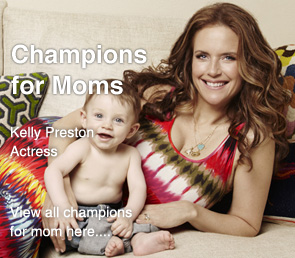
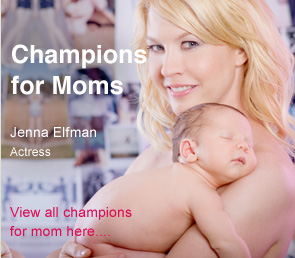
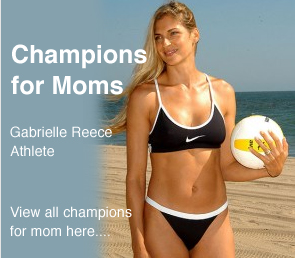
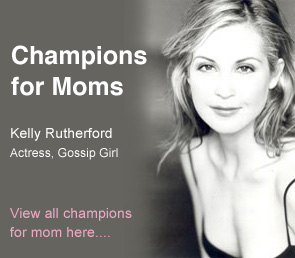
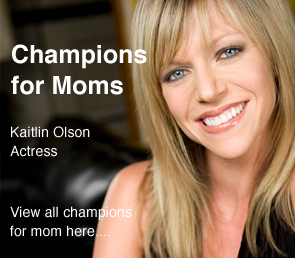
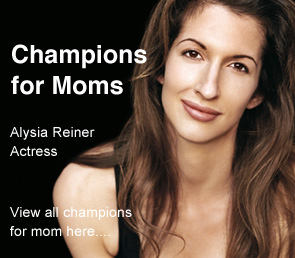
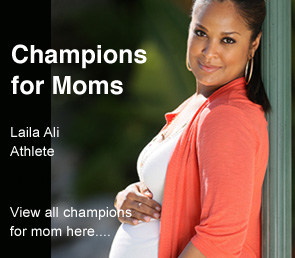
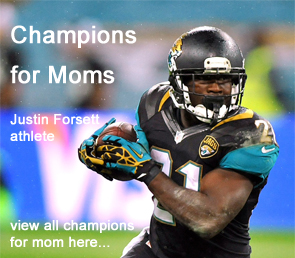
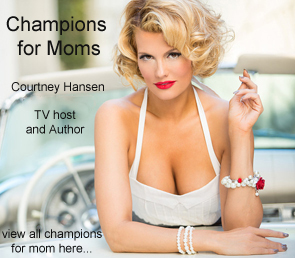
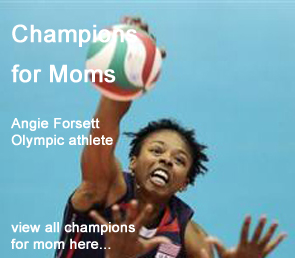
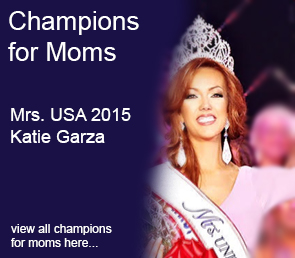
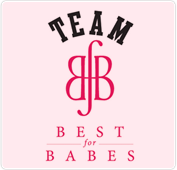
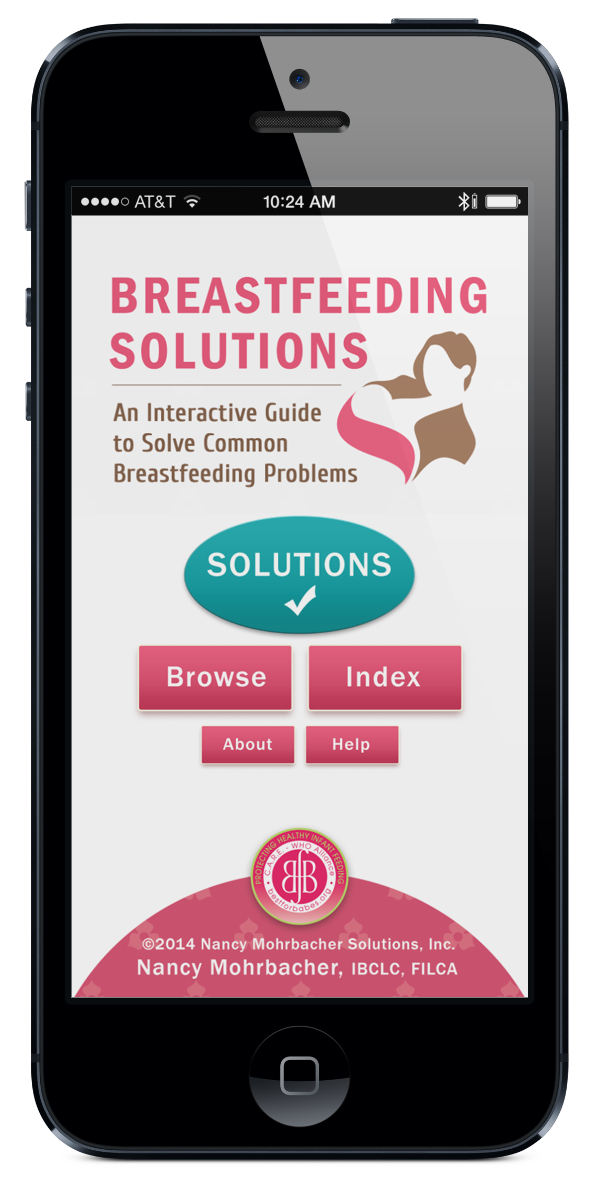
Pingback: What exactly is a "nurse-in?"
Greetings Jill! thank you so much for this informative article.
I thought you might be interested to know that Whole Foods Market Foggy Bottom is hosting a Nurse-in that is NOT in response to any negative treatment of a breastfeeding woman. We are actually INVITING breastfeeding women to come to our store and breastfeeding (or bottle if they prefer) with family and friends while enjoying a beverage and a few snacks. All for FREE. We want breastfeeding moms to know that Whole Foods Market is a safe place for breast and bottle feeding mothers and their family.
My name is Ebeth and I am a Metro Healthy Eating Specialist for Whole Foods Market P Street and Foggy bottom where we are hosting a variety of mother supporting events during World Breastfeeding Week. In addition I am a lactation counselor. My passion for nutrition and breastfeeding come together as i host several events for breastfeeding and weaning moms at both stores.
My focus is helping moms nourish and nurture themselves, their milk and their baby with whole foods (not the market just real, healthy, whole foods). I am also hosting a baby wearing workshop, in partnership with breastfeeding international prior to the nurse-in to teach moms how to carry their baby, which makes shopping for food so much easier.
You can find out more about this event at http://www.foggybottomnursein.eventbrite.com. I’d also be happy to talk to you more about our events and intentions. If you’d like drop me a line at elizabeth.johnson@wholefoods.com.
Ebeth Johnson